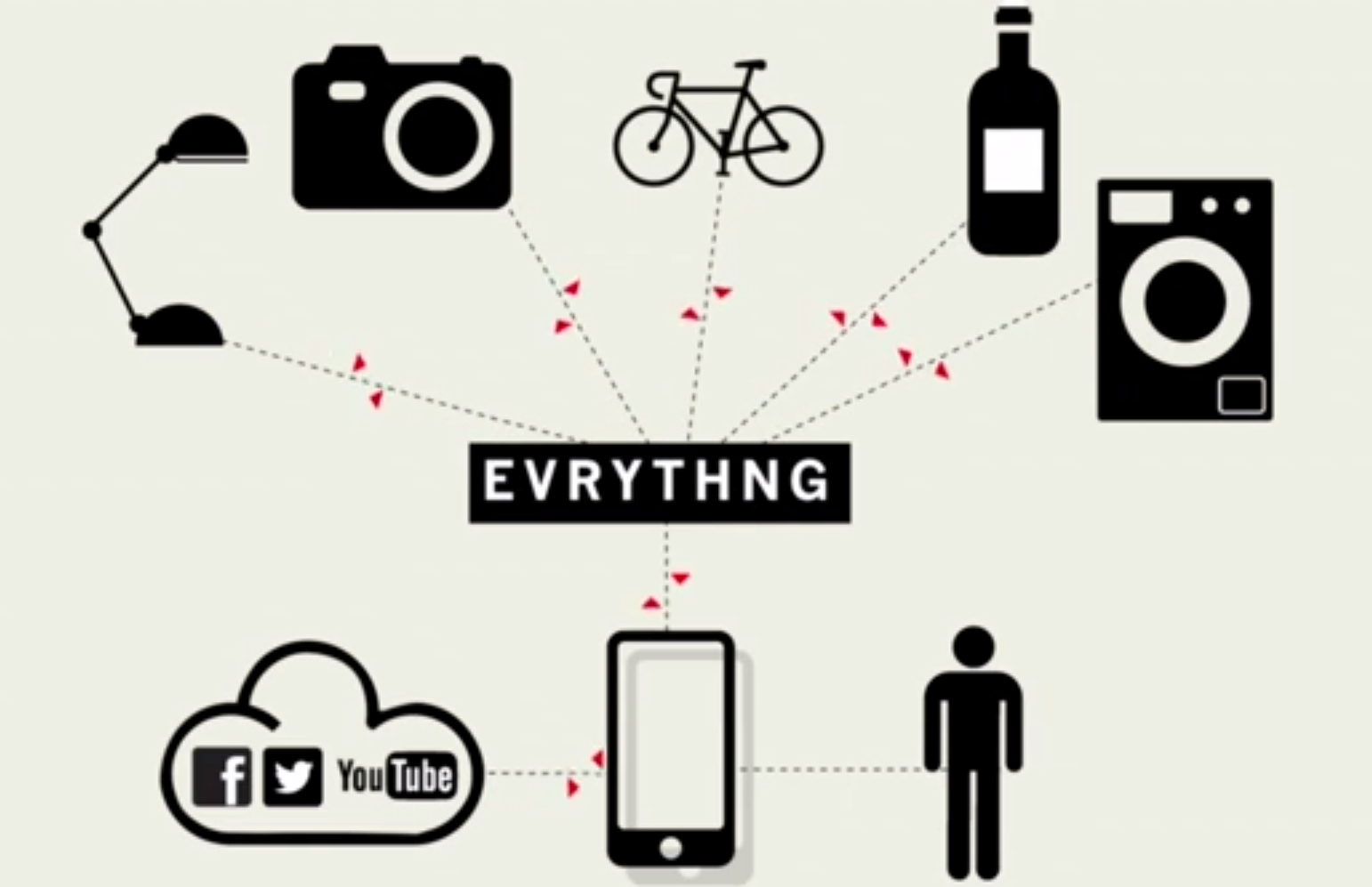So, another year passes and it’s time to reflect on our twelfth year in the digital marketing world. 2014 proved to be another interesting year for us as a digital agency. We saw many new trends in terms of user behaviour, changes to algorithms and new ways of reaching the audiences our clients want to interact with.
Top of the agenda throughout the year were issues such as user experience from both a design perspective and a user point of view in order to meet user expectations but also meet Google standards as it looks to push ‘better’ websites in its algorithms. The growth of mobile continued and we saw many clients end the year with over half of their visits being generated from mobile and tablet devices. Fortunately for our clients who have responsive designs we have helped them address this. We also saw several of our clients take work in house, part of a growing trend as digital marketing becomes business critical for every type of company. Our role as trusted advisors and strategic experts has helped facilitate this transition with us even helping to recruit people into our client businesses.
With another year gone, we must look to the future. What will be the key trends for 2015 and how will businesses need to react? I’ve highlighted some areas of note below.

Audience targeting to become more important
The vast majority of our clients still rely heavily on Google Adwords to bring in vast amounts of traffic to their website. For many businesses, understanding keywords and phrases is still of paramount importance to digital success. However, even Google themselves know that there is a limited time (I predict less than 5 years) left to milk the keyword cow before other more sophisticated targeting technologies take over. I expect to see an even bigger proportion of adspends to move towards audience targeting in 2015 as the tools become more powerful and skills are developed to utilise the options available. This will make services such as focus groups and surveys even more important in order for brands to understand more about what make their clients tick and then get creative trying to tap into this psychology.

Speed is everything
Google has been great in recent years at rewarding website owners who make their services fast and efficient. Site speed is even one of the 200 or so factors that are used to determine position when it comes to ranking sites. For users, waiting for websites to load or dealing with poor internet connections is probably the biggest turn off in the internet experience. I expect to see more and more businesses optimise their digital assets for speed in 2015 as we all set the bar higher with our internet expectations.

The decline of apps
We’ve long had the belief at Adido that the future of mobile is not around apps but more around services. We’ve purposely stayed away from building apps due to the complexity in building them and the platform issues that abound even just within the Android ecosystem. In the last year, with the increased support of HTML5 and CSS on mobile browsers, more and more options are available. Accessing data which was only available through app development is now possible through web pages and as a result, more possibilities present themselves. The benefit for larger brands is that more investment into mobile page development can pay off as it becomes cheaper to maintain in the long run.
Taking a wider view of the mobile environment, it is owned by two companies; Google and Apple. Both have launched voice activated services in the last few years with Google going even further with their Now app which offers content to you before you even want it. With such monopolisation possible from both players, they can push technology in whatever direction they want. Google has increasingly tried to own the result / relationship in the last few years by providing more and more answers to our queries (85 at last count) without having to go to another website. With Google Now, Voice and other services they can provide information to us in one easy to use place so that our need to visit other apps or services reduces and information is instead delivered to us when we need it.
Whether we’ll be able to properly pin point the decline of app downloads will be hard to tell as published numbers are never easy to identify (this is the most recent chart available). As new models get released and users upgrade, downloads of apps will continue to get blurred, as the same downloads for the same person get counted in the overall numbers. However, it is my belief that this year will see the drop off in numbers and hype that abounded a year or two ago, and we will see more and more services get delivered through better mobile development. Don’t believe me? Just ask your friends the last time they downloaded an app and see what they say…

Digital everywhere
The Internet of Things was one of the big buzz topics in 2014. Led by Google with their Glass, Nest products and even driverless cars, through to other smart home devices, appliances and services, the merging of the real and virtual world showed greater connection than ever. I personally think that the mass adoption of IoT things like wearables is still a few years away as there isn’t a good enough case for users to buy into it… yet. Does anyone really care about or have a use for 3G watches or digitally enabled toothbrushes? Not really.
But there are still hundreds of use cases, both from an operational point of view for business and also for marketing reasons that we’ll see many devices, assets or processes become more digitally linked this year. Services like www.dweet.io, DIY objects like Raspberry PIs or Ardiunos and smart home devices will allow enthusiastic home owners to get smarter about how their homes work, as well as improving the customer experience for places like pubs, clubs and even retail outlets through RFID or NFC usage. I predict that this will be the year that digital objects start to filter into more general day to day usage and consumers get more familiar with the idea of the internet becoming more real world.
The implication for businesses will be to either set the trend in terms of using digital as a point of differentiation in the customer experience, or watch the market to understand how expectations change in the next 12 months.

Failing facebook?
When you think about the growth and size of Facebook it’s actually quite staggering. In just over a decade, it’s gone from idea by a (or some depending on who you believe) student in the US to $200 billion company with nearly 1 in every 6 people on the entire planet having a registered account and 1 in 8 being active every day. For a lot of people, their social networking obsession started with Facebook. But for a lot of people in 2014, that obsession came to an end. There have been several reports of millions of US teens dropping out of Facebook in the last year along with another trend in the UK which has seen more established users leave the site to go, well, more virtual. Perhaps the fad is over?
Sure, when you’ve got nearly 1 in every 6 people in the world registered, the chances of maintaining the ridiculous growth figures we’ve seen are very small. So what next? The biggest challenge I see facing Facebook this year is maintaining the users that they’ve got and making the wall, which is the single most important thing that people use, relevant, interesting and not pumped full of ads. Facebooks advertising offering has performed well since they went public and certainly from a marketing perspective, provides incredible efficiency when it comes to targeting the right people at the right time. But social network users are not there to be sold to. They are there to connect with friends, family and those close to them. For Facebook which has the challenge of pleasing both shareholders and billions of users, the key will be to find a good balance.
My prediction is that somewhere along the line in 2015, one user group, perhaps the more cynical/bored age group of 25-45, will just think that there are more important or better ways of sharing information with their friends and leave.





